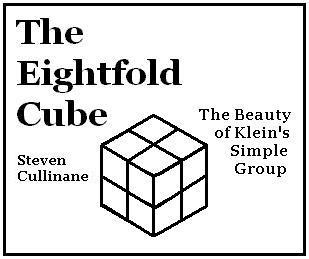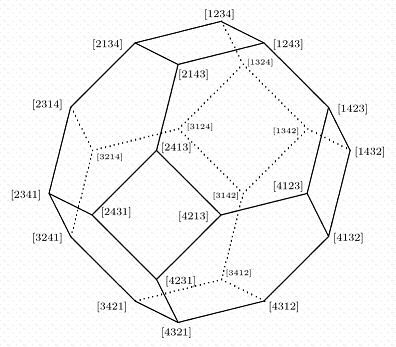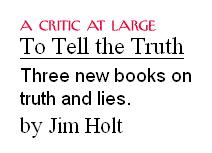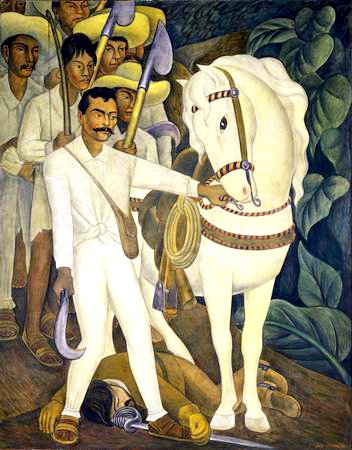The Miracle Octad Generator (MOG) —
The Conway-Sloane version of 1988:

See also the 1976 R. T. Curtis version, of which the Conway-Sloane version
is a mirror reflection —
“There is a correspondence between the two systems
of 35 groups, which is illustrated in Fig. 4 (the MOG or
Miracle Octad Generator).”
—R.T. Curtis, “A New Combinatorial Approach to M24,”
Mathematical Proceedings of the Cambridge Philosophical
Society (1976), 79: 25-42

Curtis’s 1976 Fig. 4. (The MOG.)
The Guy Embedding (named for M.J.T., not Richard K., Guy) states that
the MOG is naturally embedded in the codewords of the extended binary
Golay code, if those codewords are generated in lexicographic order.
The above reading order for the MOG 4×6 array —
down the columns, from left to right — yields the Conway-Sloane MOG.
Since that is a mirror image of the original Curtis MOG, the reading order
yielding that MOG is down the columns, from right to left.
"Traditionally, Chinese, Japanese, Vietnamese and Korean are written vertically
in columns going from top to bottom and ordered from right to left, with each
new column starting to the left of the preceding one." — Wikipedia
The Asian reading order has certain artistic advantages:




-actions-500w.jpg)















 (Photo from
(Photo from 















